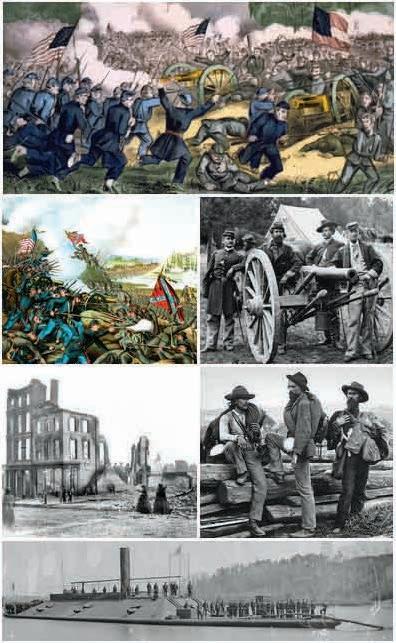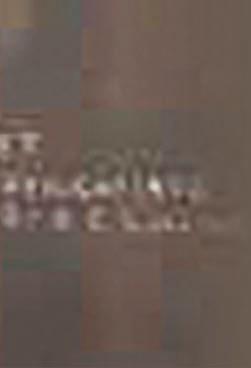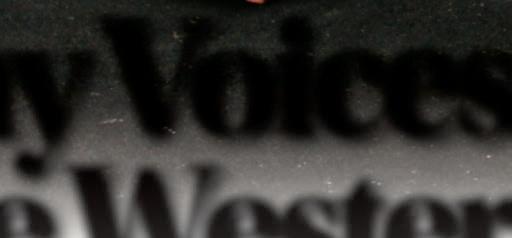
28 minute read
11am – 12pm Adults workshop ursday, December
The WW1 memorial at The Peace Park in Kilkenny. (photo courtesy of The Cobh Animation team)
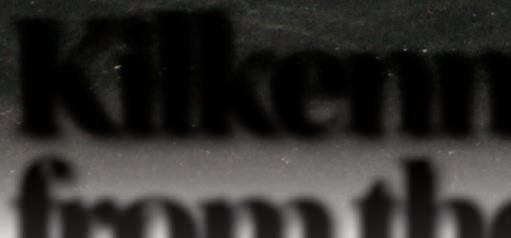
Advertisement



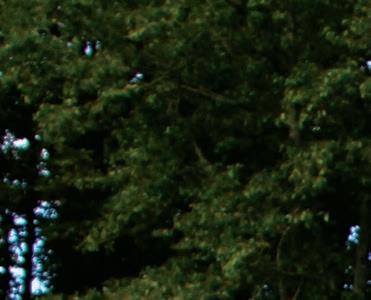

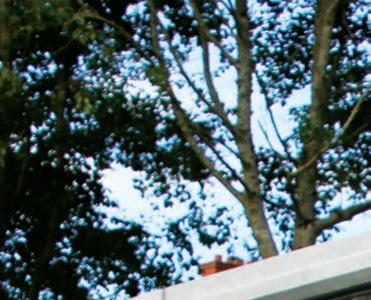
Kilkenny Voices from the Western Front, Gives Insight into The ‘Great War’
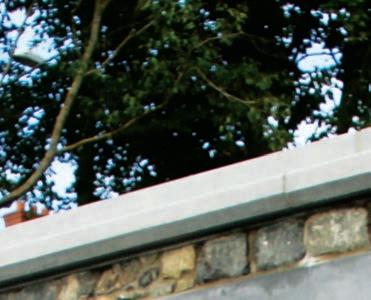
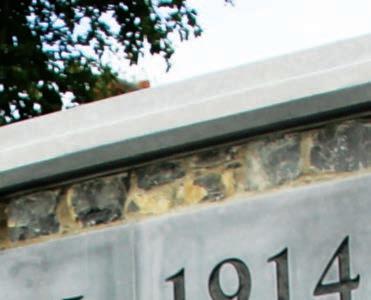
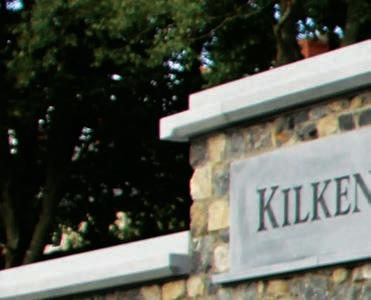
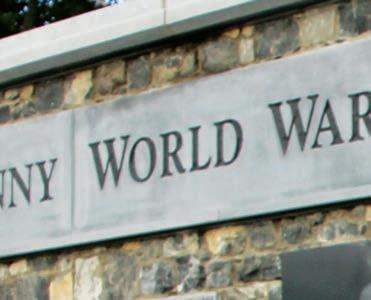
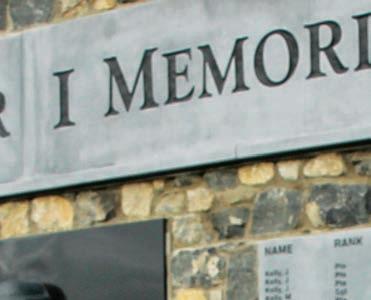
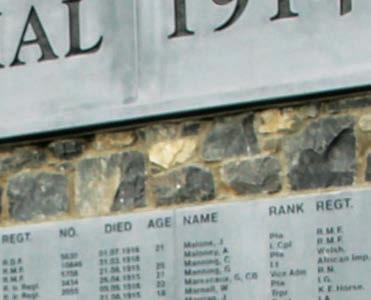
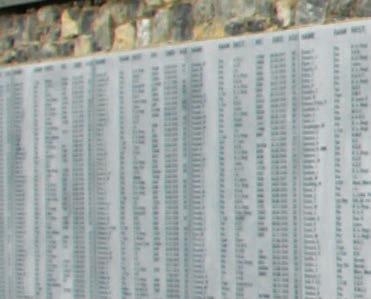
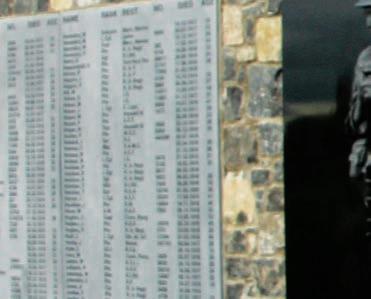
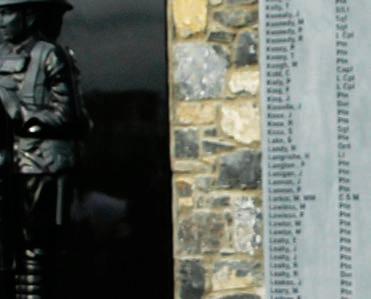
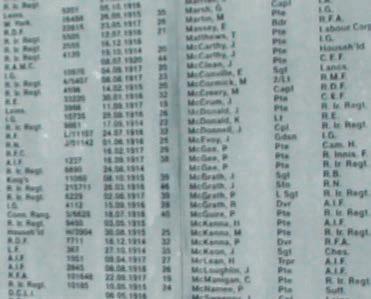
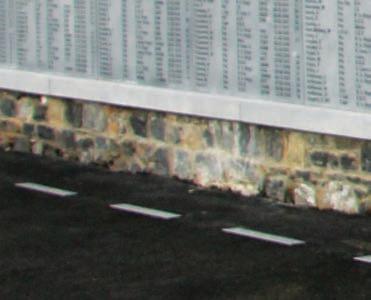
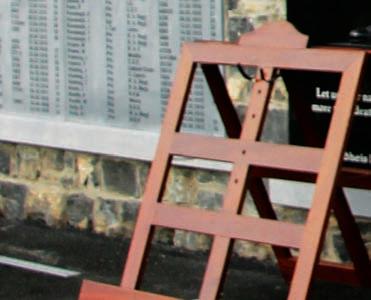
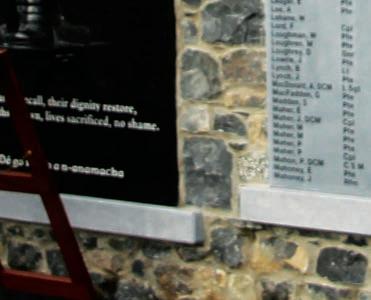
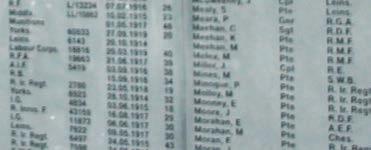
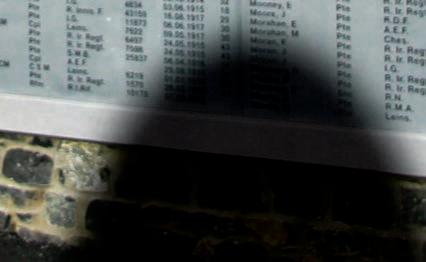
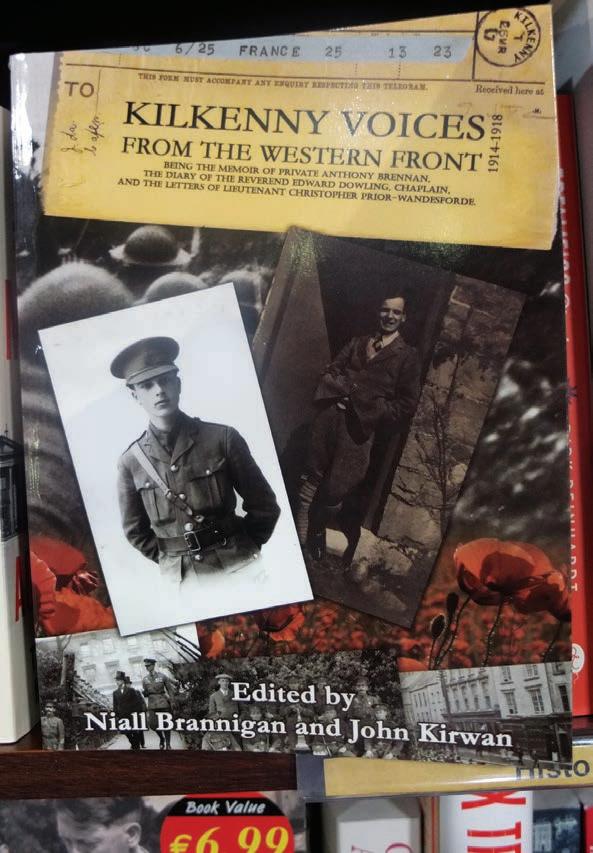
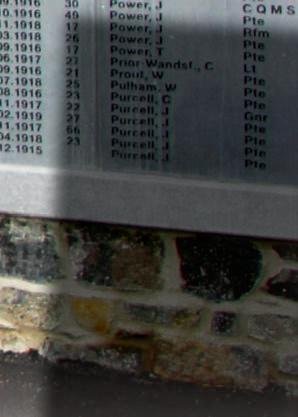


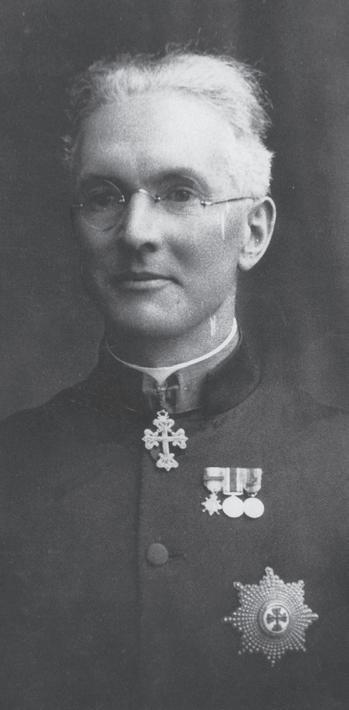
Christopher PriorWandesforde who wrote a series of letters to his parents and siblings at Castlecomer House, from 1915 until his death in June 1917 The cover of the recently launched book ‘Kilkenny Voices From The Western Front’
Pte. Anthny Brennan was just sixteen years of age when he enlisted Rev.Edward Dowling. Against the wishes of his superior, Bishop Abraham Brownrigg he volunteered to serve as a Roman Catholic chaplain in the British army
In 2012 Kilkenny Families in the Great War was launched in Kilkenny. e book documented the careers of nearly 3000 men and women of Kilkenny city and county who were involved in the ‘war to end all wars’.
It had taken the authors seventeen years to do the research. No other Irish county has such an easily accessible record under one cover. Partly as a result, two Great War memorials now exist in the city. One in the Peace Park lists all those who died in battle while the second at MacDonagh Junction lists all the known participants.
Kilkenny Voices
On the 11th November , during the commemoration service in the Peace Park, Kilkenny Voices from the Western Front,
edited by the same authors, Niall Brannigan and John Kirwan was launched. Niall’s grandfather Lt. Col. Joseph Brannigan, a County Monaghan man served all his working life in the Irish army retiring in 1958 or 1959. His grandmother was Nellie Kirwan, the authors father’s oldest sister.
Here we have three primary documents written by three native born Kilkenny men, one of whom did not survive the war. Of the two survivors only one managed to live
edited by the out his life in Brannigan and John his native place. e book opens with an overview of the three men’s lives. Private Anthony Brennan was from the High Street area of the city. His widowed mother had a boarding house and newsagents business between what is now Walls Man’s shop and the Harp Bar. Tony, as he was known, was just sixteen years of age when, without his mother’s permission, he enlisted. Mrs Brennan subsequently protested at the enlistment of her teenage son through her local MP. e matter was raised by the same MP in the House of Commons and assurances were given to Mrs. Brennan by the War O ce that her young son would not see active service at the Front until he had reached his eighteenth birthday. Within a year of his enlistment Tony saw active service against the Germans in France.
Return to Kilkenny City
After the war he returned brie y to Kilkenny city where he participated for a time on a training course for veterans run at Talbot’s Inch by Ellen, Lady Desart. Subsequently he emigrated to the London area where he got a job in the English civil service. He wrote his ‘memoir’ many years after the ghting had ceased. A copy of the memoir was presented to the Imperial War Museum by his second wife who survived him. Grandchildren survive in England. out his life in his native place. subsequently protested at by the same MP in the House of Commons and assurances were given to Mrs. Brennan by the War O ce that her young son would not see active service at the Front until he had reached his eighteenth birthday. Within a year of his enlistment Tony saw active service against the Germans in France.
Return to Kilkenny City
After the war he returned brie y to Kilkenny city where he participated for a time on a training course for veterans run at Talbot’s Inch by Ellen, Lady Desart. Subsequently he emigrated to the London area where he got a job in the English civil service.
He wrote his ‘memoir’ many years after the ghting had ceased. A copy of the memoir was presented to the Imperial War Museum by his second wife who survived him. Grandchildren survive in England. Kilkenny trio was the Rev. Kilkenny trio was the Rev. Edward ‘Ned’ Dowling, Edward ‘Ned’ Dowling, whose diary is the second whose diary is the second document, was the son document, was the son of two Slieverue National of two Slieverue National School teachers. School teachers. At the time war broke out in August 1914 he was out in August 1914 he was on the teaching sta at St. on the teaching sta at St. Kieran’s College. Kieran’s College. Against the wishes of his superior, Bishop Abraham superior, Bishop Abraham Brownrigg he volunteered Brownrigg he volunteered to serve as a Roman to serve as a Roman Catholic chaplain in the Catholic chaplain in the British army. British army. e British army at the time was desperately short time was desperately short of catholic chaplains. of catholic chaplains.
His diary was kept for the early part of his service. early part of his service. It was a document never It was a document never meant to see the light of meant to see the light of day as he left instructions day as he left instructions at his death that all at his death that all his papers were to be his papers were to be destroyed. destroyed.
By chance this diary was overlooked and was was overlooked and was found many years after found many years after the ‘Colonel’s’ death the ‘Colonel’s’ death by Archdeacon Sean by Archdeacon Sean O’ Doherty, who was O’ Doherty, who was then serving as curate in then serving as curate in Ballycallan.
A Series of Letters
Lt. Christopher PriorWandesforde is the author of the third document presented in this book. is document is in fact a whole series of letters which he wrote to his parents and siblings at Castlecomer House, from 1915 until his death in June 1917.
After their son’s death, his parents carefully annotated the letters and preserved them in the family archive. It includes the last letter written by Christopher to his mother which arrived a few days after the family received the dreaded telegram from the War O ce notifying them of their son’s death. Geo rey and Peter PriorWandesforde, with the active encouragement of their rst cousin Desmond Townshend, all nephews of Christopher, presented the collection to Kilkenny Archives Ltd, some years back.
Irish Great War Sources
Tony Brennan, Ned Dowling and Christopher Prior-Wandesforde’s writings are rare enough Irish Great War primary sources. e documents give us some hint of what the Irish men and women who served during the ‘Great War’ endured for over four years.
Brennan’s and Dowling’s documents also tell us something of their subsequent lives.
Brennan became a successful English civil servant while Dowling returned to his priestly duties in Ossory.
Only three hundred copies are available for circulation through the local bookshops.
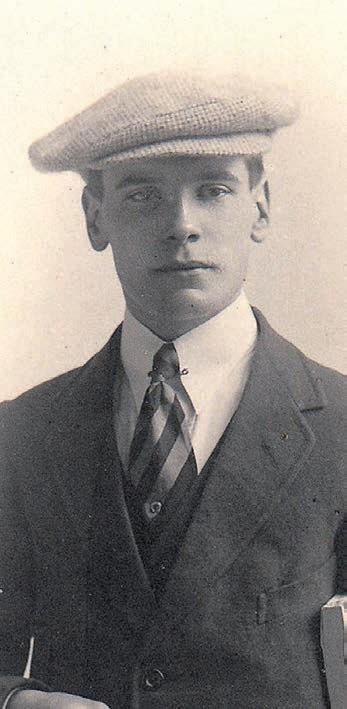
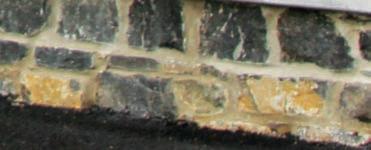

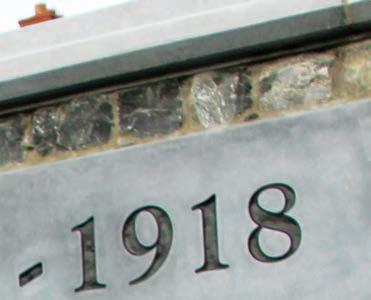
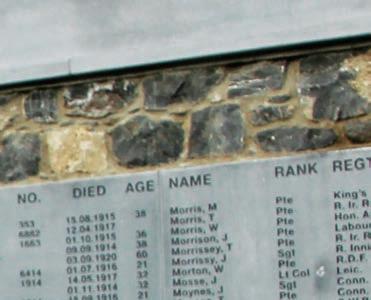
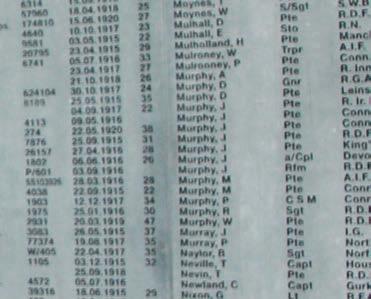











Community Group
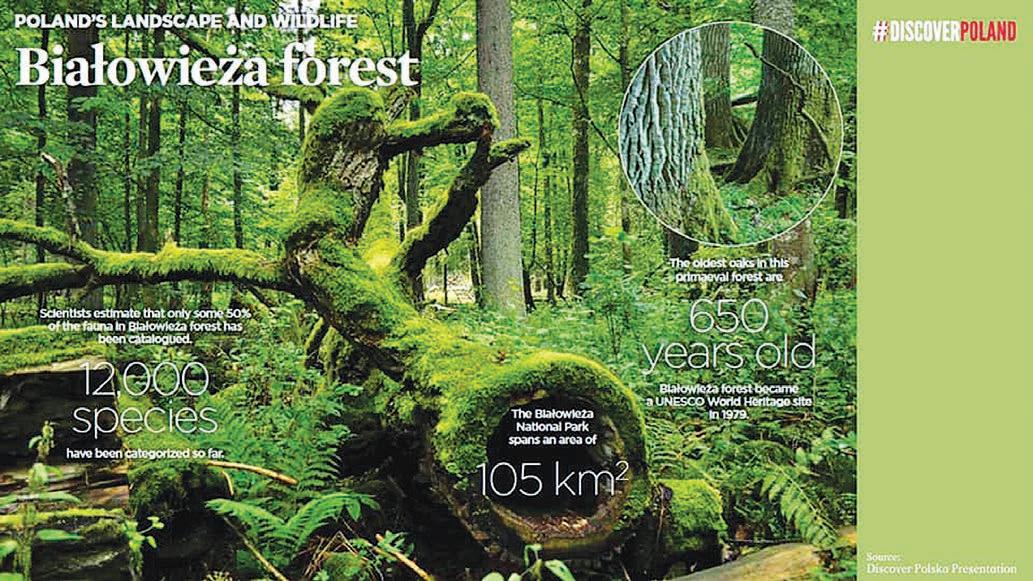


Discover Poland’s UNESCO-listed cultural and natural wonders!

POLAND boasts 16 UNESCO World Heritage sites, of which fifteen, including the 13th-century Teutonic castle in Malbork, which is a twinned City of Kilkenny since 2017, and the historic centres of Kraków, Toruń, Warsaw and Zamość, are cultural, and one – the beautiful Białowieża Forest.
We have spoken before about the largest red brick castle in the world in Malbork and the wonderful square in the city of Kraków so this week we would like to bring your attention to the natural beauty of the Białowieża Forest.
The Białowieża Forest, located on the border between Poland and Belarus, an area of the country now in the news as we see Migrants gathering on the boarder as they try to get into Europe through Poland. Thousands of refugees and migrants from the Middle East and Africa have been stranded in dense forest along the border between Poland and Belarus for weeks. There have been reports that Polish border guards are not allowing people to cross over the border from Belarus into Poland, but when they try to re-enter Belarus, they are also not allowed back in by Belarusian border guards. How has humanity come to this? Where, humans are used as Pawns in political fights and ambitions.
The Białowieża Forest is what remains of the lowland primeval forest that once stretched across the European Plain, from the Atlantic Coast to the Ural. Much of it has been undisturbed for centuries, which is why it is an exceptional habitat of flora and fauna, including 25% of the world’s population of the European bison, the continent’s largest land mammal, and many other endangered species.
In the context of the fastapproaching harshness of a Polish winter, the Wieliczka Salt Mine near Kraków is one of Poland’s coolest UNESCO sites in the summer! imagine the low temperatures it will reach as the snow and frost is 820 steps above. The mine, inscribed in the original 1978 UNESCO World Heritage List, is a labyrinth of tunnels and chambers, all chiselled out in rock salt. Its history dates to the thirteenth century.
Poland welcomes the youngest visitors with many attractions. European Fairy-tale Capital is in Pacanów, Poland! The modern facility resembling sand pies is a magic place where you can meet the Little Prince, see the pea that meant a sleepless night, and set off on a journey by train which goes through the Mouse Hole and … flies into space! Apart from Polish fairy-tale heroes like Matołek the Billy-goat, who discovered a Fairy-tale Land in Pacanów, children may enjoy the Bedtime Cartoons Museum in Rzeszów and watch Polish animation for children.
Poles love science centres which allow youngsters experience science through experiment. There are several across Poland like: Copernicus Science Centre in Warsaw, Science and Technology Centre EC1 in Lodz, Experiment Science Centre in Gdynia, Hewelianum Center in Gdańsk, Mill of Knowledge Innovation Centre in Torun, Garden of Experiments in Cracow or Water Knowledge Centre Hydropolis in Wrocław.
Poland is a place you should certainly keep in mind when looking for a place for all the family to enjoy.
Community Group
Long live united Romania

accept the suzerainty of foreign countries such as Hungary and Turkey, this being the price paid for maintaining autonomy. e beginning of the 20th century nds the Romanian people in a permanent struggle for union. Romania’s development and the progress of Romanian society allowed Romanians to hope for the liberation of the last occupied territories and for the restoration of the union of all Romanians in the CarpathoDanubian-Pontic area.
“Long live united Romania” ese words spoken from the heart and with all the innocence of a child, resounded at the dawn of December 1st, 1918, a cold winter day and remained in the national consciousness over the years that have passed since then.
December 1st is declared a Bank Holiday. Every year, on the occasion of the National Day, public events and manifestations take place in the biggest cities of the country, to which everyone has access. Alba Iulia (the city where the union treaty was signed) is the main centre of attraction for residents from all over the country, but also for tourists from outside Romania. 1 December 1918 Boulevard in Alba Iulia hosts every year a spectacular military parade. e National Day is also a culinary holiday, with plenty of traditional products, and Romanians gather for a glass of wine, boiled brandy, and cured meat and beans. Since December 1, children wear folk costumes and celebrate National Day with celebrations at schools and kindergartens in the country, singing the national anthem. e national ag is hoisted in all state institutions in the country, but also in the homes of patriotic Romanians. e National Day is marked by patriotism, being organized military parades, wreath-laying ceremonies and wreaths at the monuments of heroes, concerts, outdoor folk music and traditional dances, in which Romanians from all over participate. e Romanian military on a mission in the theatres of operations annually organizes speci c events dedicated to the National Day of Romania. e national ag is own aboard military sea and river vessels. And the evening ends everywhere with spectacular reworks.
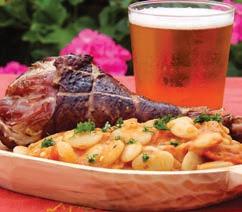

A book of Kilkenny memories for Christmas memories for Christmas reading
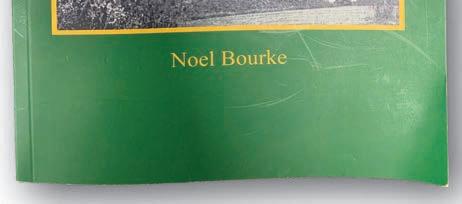
THE book can be best described as both a Family and Social History pertaining to a local Family resident in the Kilkenny area for over two hundred and fty years, with strong associations in St. Canice’s Parish, Goose Hill, and the Butts area. of the city. e Author’s Grandfather James Bourke, the founder of “ Worth Will Tell Drapery Shop” in High Street is the main progenitor of the Bourke family, linking the Pre-Famine line to the present generation. e story begins in the border area of Tipperary and Kilkenny, tracing the family origins from Farranrory, Ballingarry, during Penal times to Kilkenny in preFamine times, and onwards through the Victorian era, the Great War and the War of Independence, to the start of WW 2. e account of the Emergency of 1939-1945 also gives some details of Kilkenny’s involvement in preparation for war, then seen as a real threat nationally.
Part 2 of the book consists of many vivid memories of the author’s own story, from post WW 2 Kilkenny, up to the present time. e many Topics included, are Schooling, Religion, Education, Health, Work, and Emigration, Sport, Stage, and pastimes. O cial organisations such as the FCA, and Civil Defence, are also highlighted, giving some accounts of their history and development locally. e text is also supplemented with photographs pertaining to the many di erent topics. e book subject matter will be familiar to many Kilkenny residents of a certain age, and also of special interest to those students of both pre-Victorian and more recent social history.
Noel J Bourke - 087 2601189
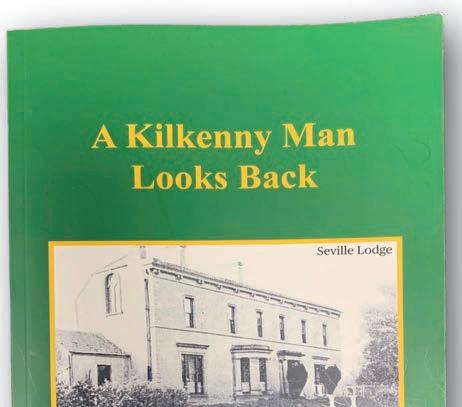
the present time. e many Topics included, are Schooling, mented with photographs pertaining to the many di er-

Community Group
Lend a helping hand this Winter
THIS week the government launched their get winter ready programme. We recently highlighted what we thought was important for our seniors and at Twilight Community group we believe we can never have enough information when it comes to our safety. So, we have decided, as the temperature dropped over the last few days, we would use this week’s column as a little reminder of what we should be aware of.
Everyone, especially older or more vulnerable people, should remember to take extra care during a cold spell. Elderly people should not venture outdoors in severe weather if possible. e public are asked to make a special e ort to keep in contact with their neighbours and relatives, particularly those living alone.
Keep warm, eat well, and avoid unnecessary travel and we must never forget to call on elderly relatives and neighbours and ensure they have su cient supplies of food and any prescription drugs they may need, also ensure that older people have su cient fuel supplies to maintain adequate heating in their homes.
Advice on medication
As you get older you may need to change the dose of your medicines – check with your doctor. Some medicines or combinations of medicines may make you feel faint or light-headed which could lead to a fall. Consider wearing a personal alarm so that family or neighbours are alerted if you fall. Eat regular hot meals and drink plenty of uids, this will keep you warm and will give you energy to keep active.
Medical equipment
If you must use medical equipment or a powered mobility device every day, please make sure that you always have access to a power supply. Ensure that you are on the vulnerable customer register for the energy companies and Irish Water. If you have an assistance dog, be sure to keep them warm as well. Be sure to always have a blanket for the animal to rest on. Keep the animal indoors as much as possible.
People with disabilities should plan for the possibility that winter weather may disrupt homecare services. In icy weather, wear well- tted shoes with non-slip soles if you have to go out but try to limit walking outside during the cold weather. If you use a mobility device make sure it can grip an icy surface and if you have a ramp make sure it is well gritted in icy weather.
Stay in contact
If you have a mobile phone that you can use, make sure it has a charge and bring it with you when you are going out. You should consider wearing a personal alarm so that family or neighbours are alerted if you fall. If you have a fall, even a minor one, make sure you can visit your doctor for a check-up.
In winter it can be di cult for everyone to get about and conduct day to day activities. It is even more di cult for older people and other vulnerable people. So please remember how important it is to look out for our seniors both relatives and friends, for one day you will that senior who will need a helping hand




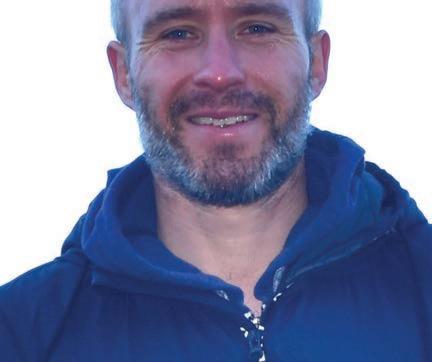
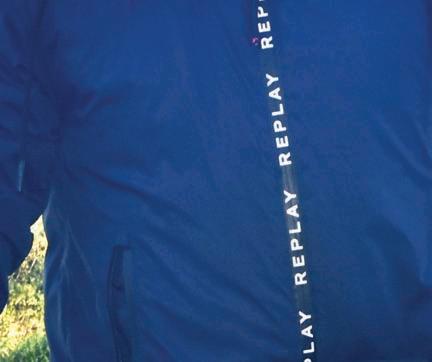
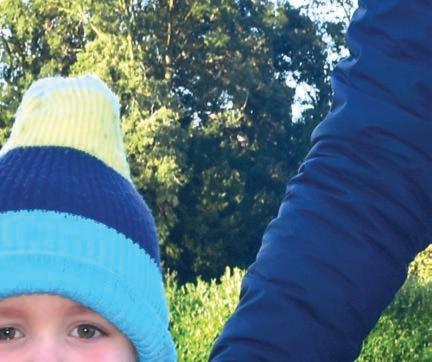
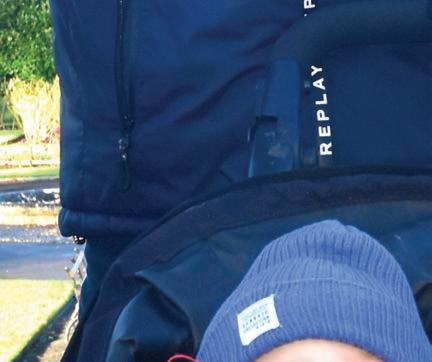
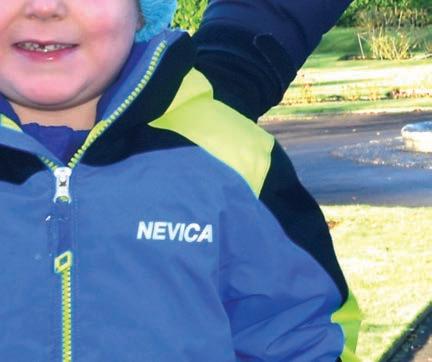
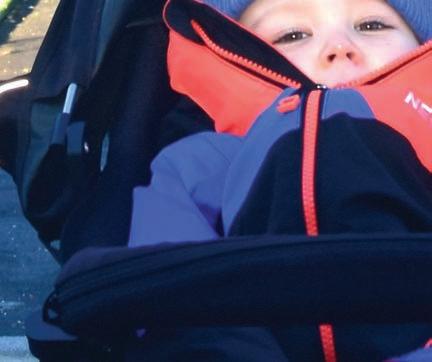

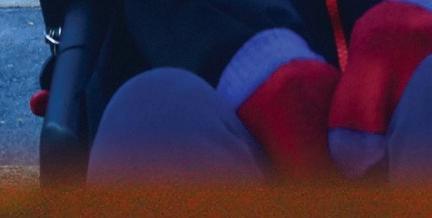

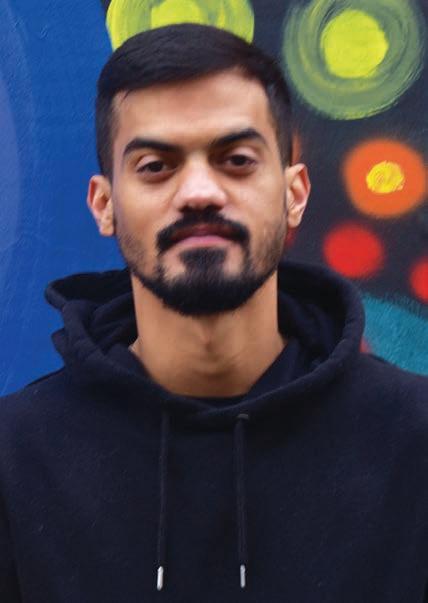
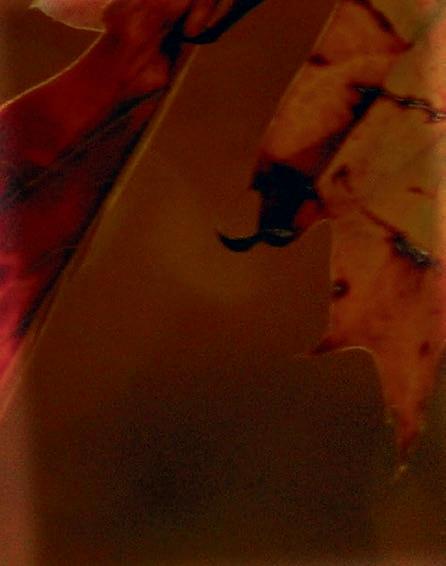

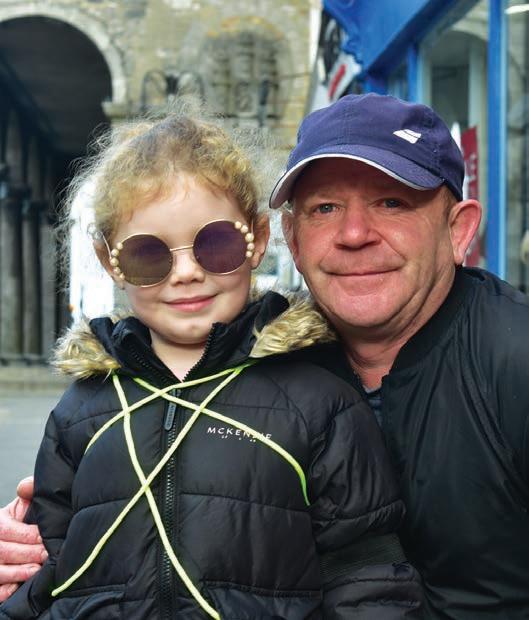

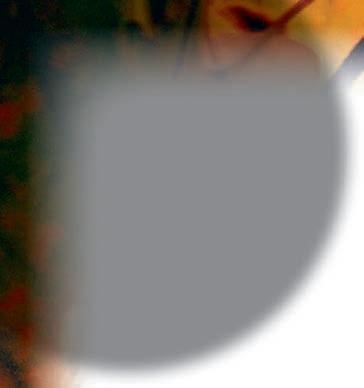
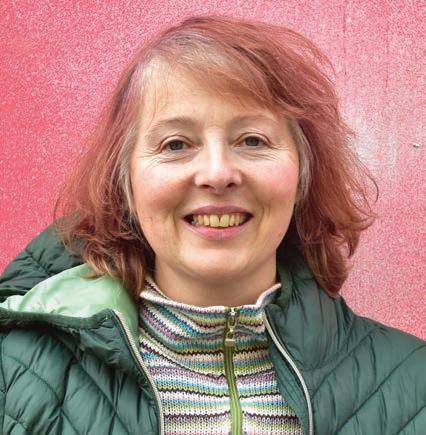
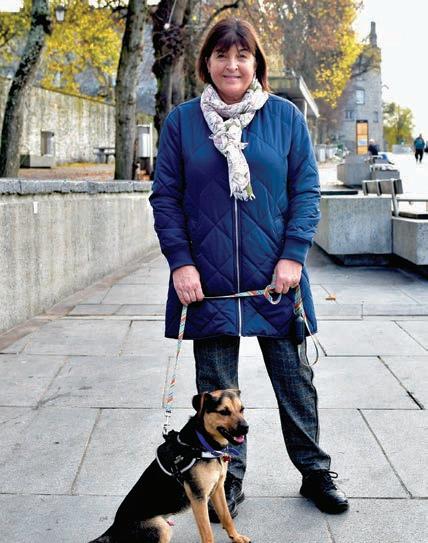
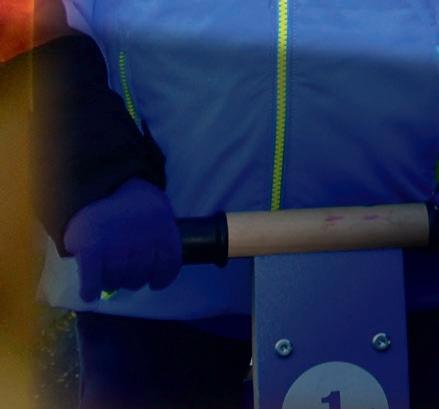

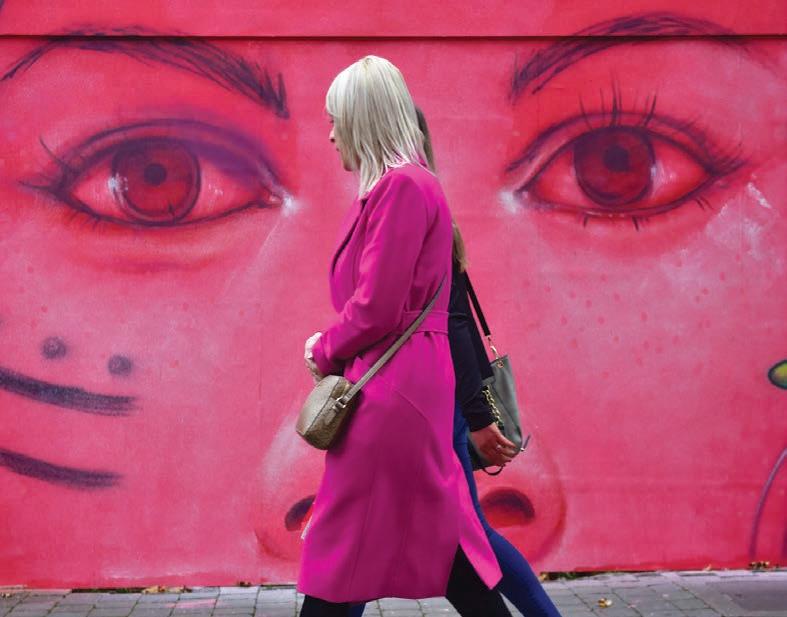
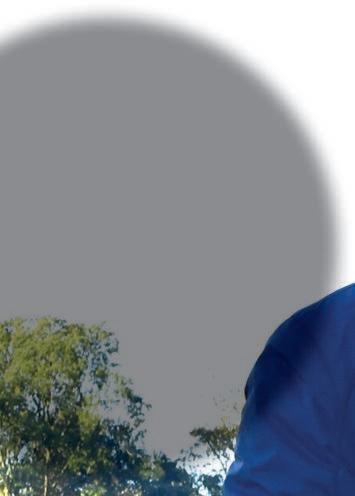
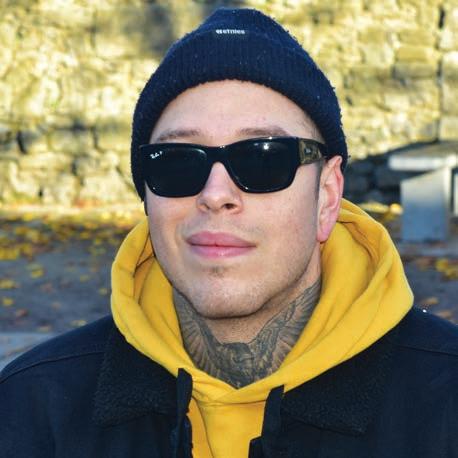
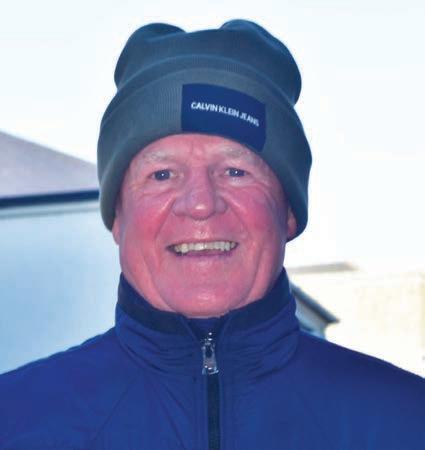





About WITH Danny Lahart Out &


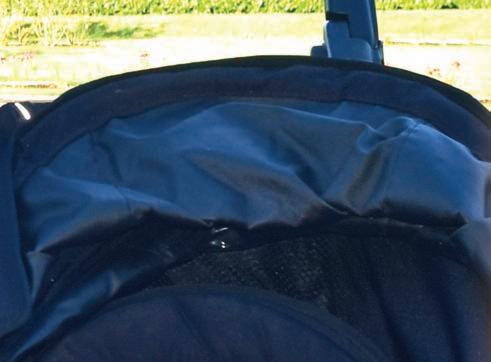

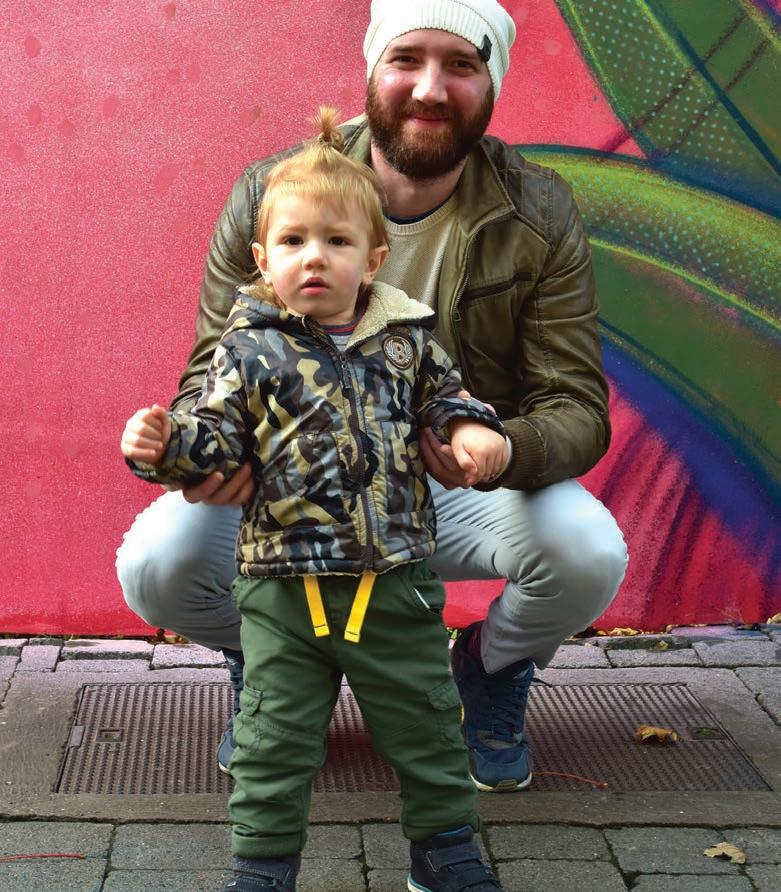
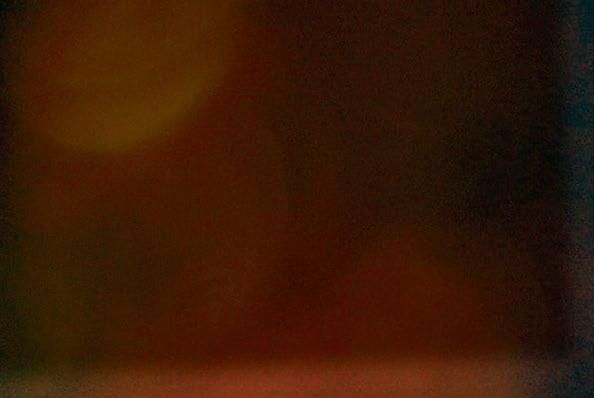
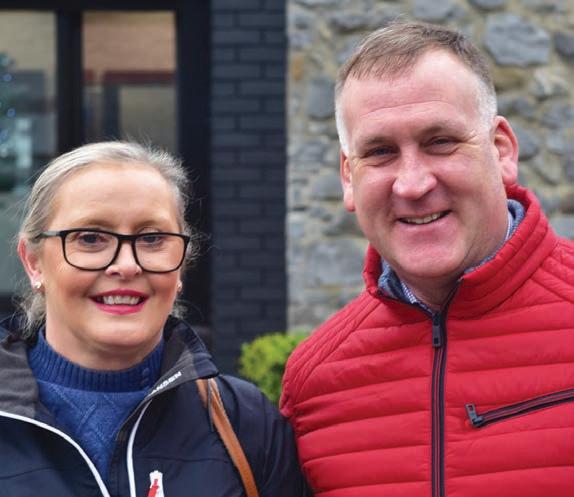
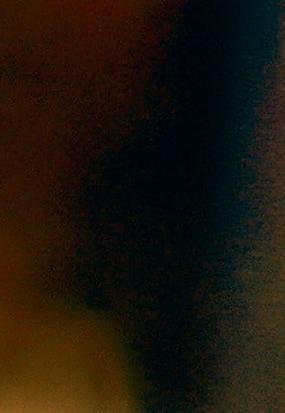
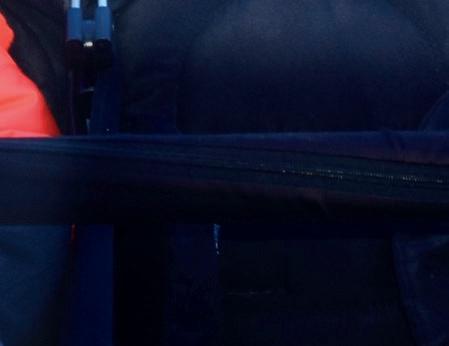

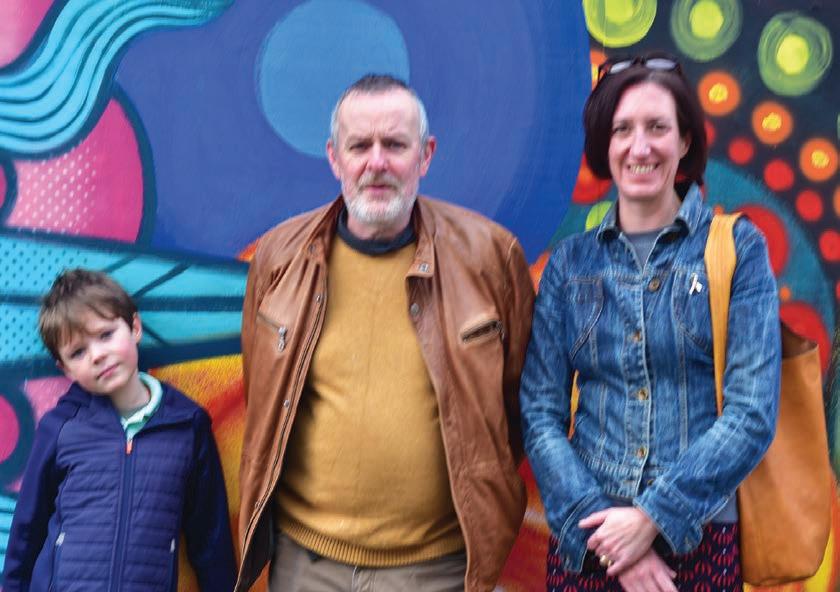
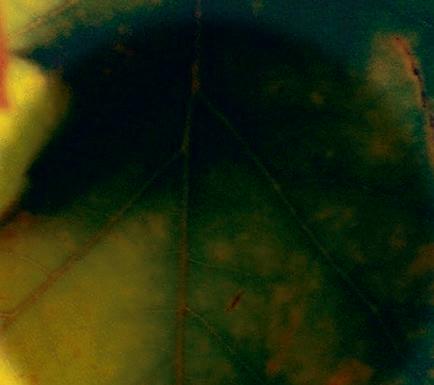
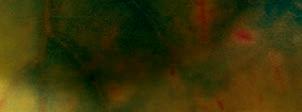


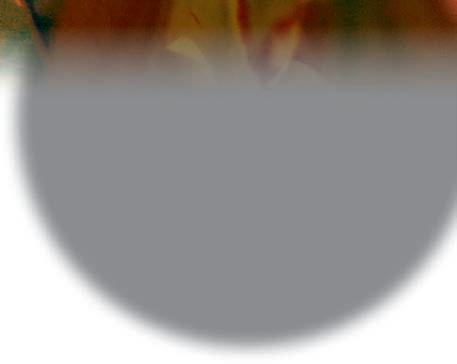
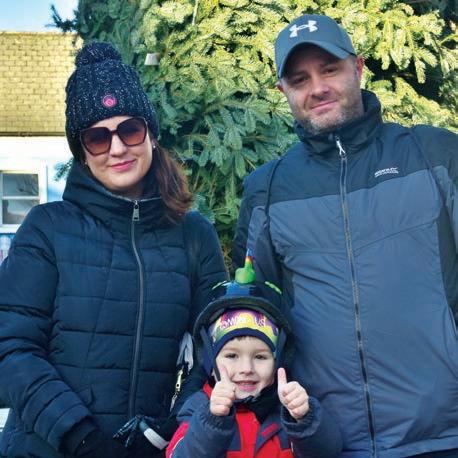




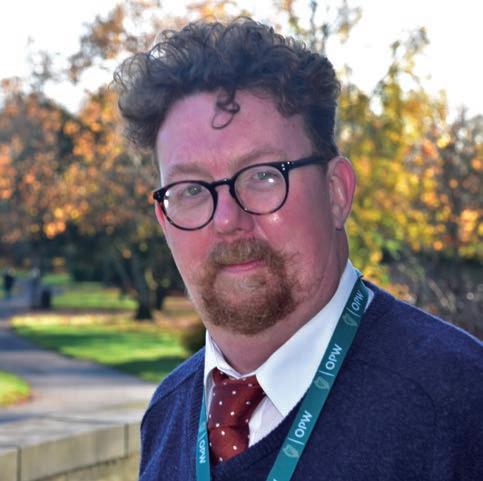
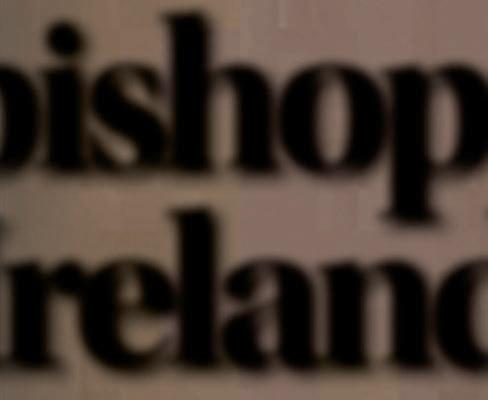
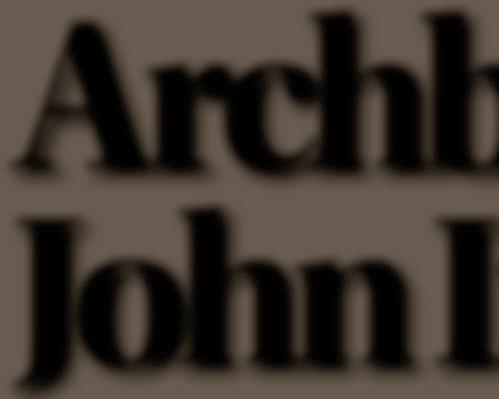

Archbishop John Ireland


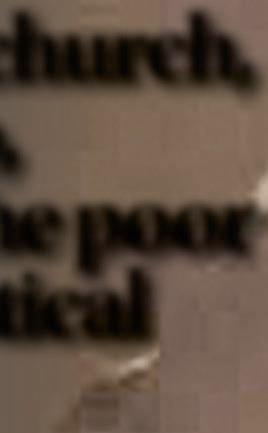
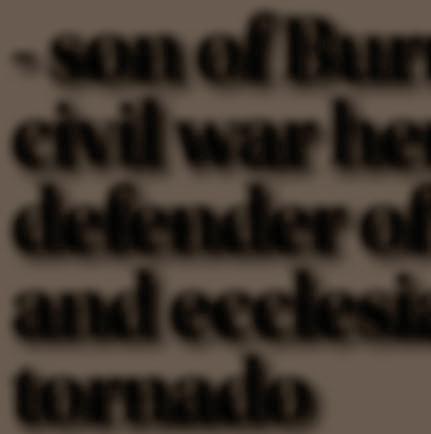
- son of Burnchurch, civil war hero, defender of the poor and ecclesiastical tornado

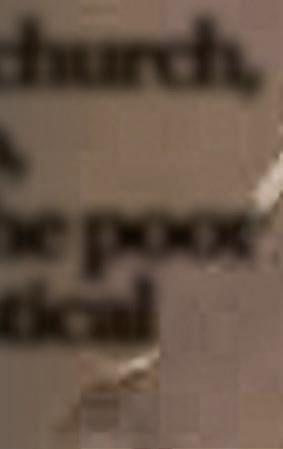

(Compiled by Cois Céim and e Kilkenny Saturday Walkers Club in association with e Kilkenny Observer Newspaper)
JOHN Ireland was born 11th September 1838, in Burnchurch Co. Kilkenny. e eldest son of two and four daughters of Richard and Judith (nee Naughton) Ireland. His family emigrated to the United States in 1848 and eventually moved to St. Paul, Minnesota in 1852.
At an early age he indicated his wish for the priesthood, coming to the attention of his Bishop, Joseph Cretin who obtained his parent’s permission, sent John to a seminary in France for study , and he was ordained in December 1861 by fellow Kilkenny man Bishop Grace in Saint Paul. American Civil War saw him enlist in the Union Army, and he became chaplain to the Minnesota Volunteer Infantry. On the eld he won an enduring reputation for piety and courage.
At the battle of Corinth in October he distributed ammunition to soldiers despite the obvious danger to himself.
He returned to St. Paul and was assigned to the Cathedral Parish. When Grace retired in 1884, Ireland succeeded him and became Archbishop in 1888.
At a time when most Irish Catholics were staunch Democrats, Ireland was known for being close to the Republican Party. e in uence of his personality made Ireland a commanding
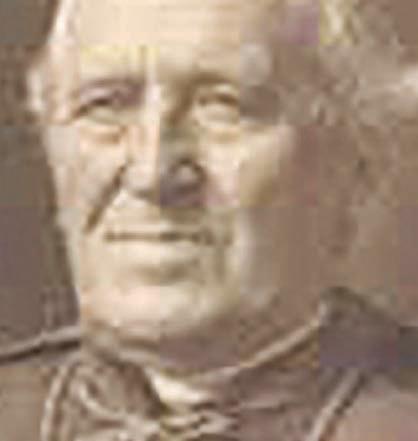
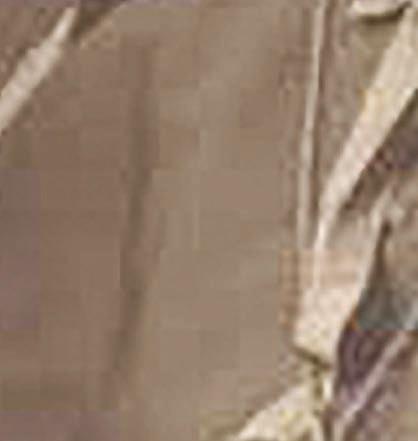
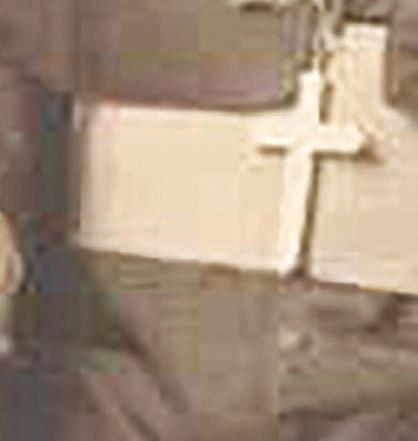
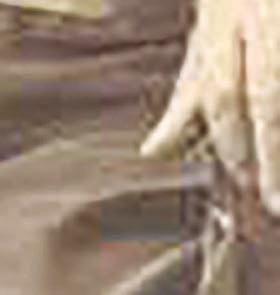
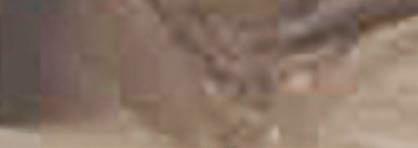
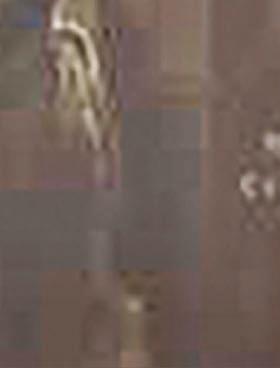
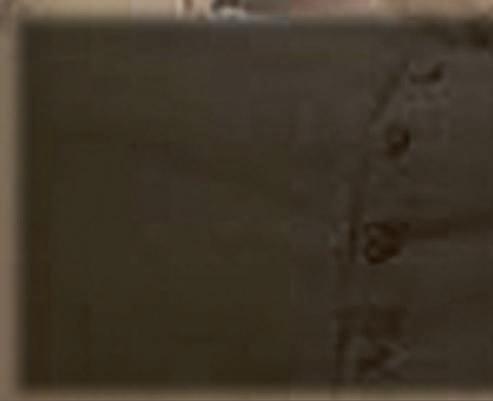
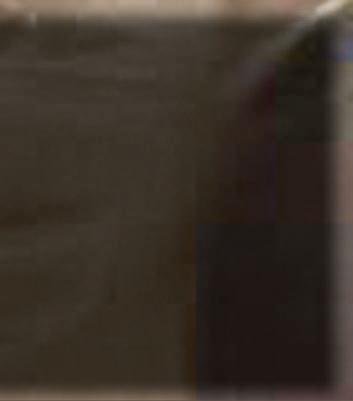
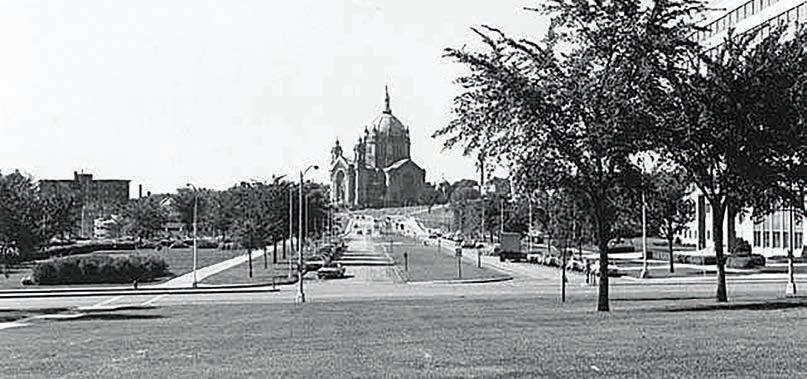
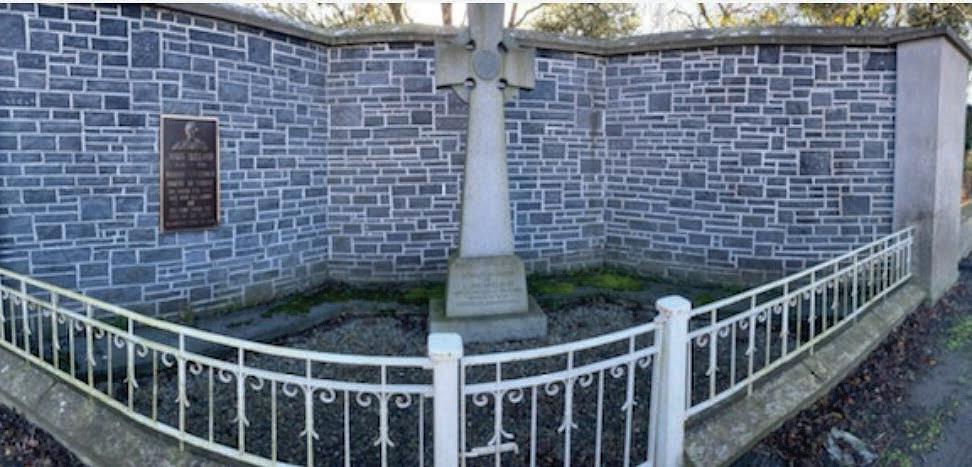
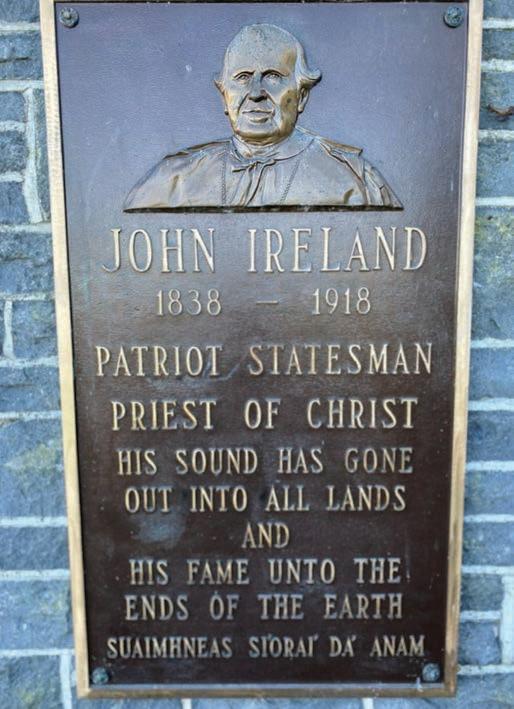
Archbishop John Ireland, Patriot Statesman and Priest of Christ




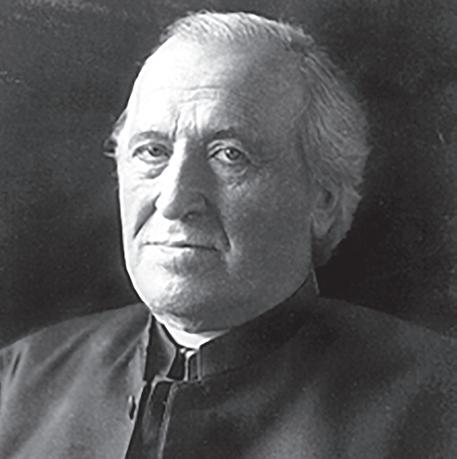

gure in many important movements, especially total abstinence, for colonization in the Northwest, and modern Northwest, and modern education.
He worked with non Catholics and was recognised by them as a leader of the modernizing Catholics.

A Celtic Cross was unveiled in his memory, in Burnchurch, Kilkenny in 1966

CALLED FOR RACIAL EQUALITY Ireland called for racial equality at a time in the U.S. when the concept was considered extreme.
On the 5th May 1890 he gave a sermon at St Augustine’s Church in Washington D.C. to a congregation that included several public o cials. His sermon concluded with the statement “ e colour line must go, the line will be drawn at personal merit.” It was reported that the bold and outspoken stand of the Archbishop caused a sensation throughout America. He was also ahead of his time in recognising the equality of white and black people, but saw native Americans as “wards of the state” He was known to have an aggressive personality and by one account to be an ecclesiastical tornado, but he refused people to kiss his ring and insisted on being addressed as Archbishop rather than” Your Grace.” HELPED CATHOLICS FROM SLUMS Disturbed by reports that Catholic emigrants in Eastern cities were su ering from social and economic hardship, Ireland and fellow Bishop Spalding founded the Irish Catholic Colonization Association. is organisation bought land in rural areas and settled and helped Irish Catholics from the slums. e land had been cleared of its native Sioux following the Dakota war of 1862.Working with the Minnesota state government and the Western Railroads he brought more than 4,000 Catholic families and settled them on 400,000 acres.
In 1880 he assisted several hundred people from Connemara to emigrate to Minnesota, but unfortunately they arrived at the wrong time of the year and had to be assisted by the Freemasons, an organisation the Catholic Church condemned on many points. In the debate that followed the emigrants being Gaelic speakers could not voice their opinions of Ireland’s criticism of accepting the Freemason’s support during the harsh winter.
Despite the controversy Ireland found jobs for the men and helped their families settle in the Eastern area of St. Paul that became known as the “Connemara Patch”. LOYALTY TO AMERICA In his book “ e Church and Modern Society” published in 1896 , he wrote that “we owe it to the Church to make plain our Americanism, our loyalty to America.
In no other land is there given to Catholics the freedom of action and the opportunity for work given to them in America.”
His optimism was grounded on the rapid growth of the Church which had 2,000,000 members when he arrived in the country (1848) and 12,000,000 by the end of the Century. When he died, his own Archdiocese had a Catholic population of 1,000,000 and
600 priests. In 1900 President McKinley sent Ireland to Paris as ‘an eminent representative of American patriotism and eloquence’ to present a statue of the Marquis de Lafayette to the French Nation on behalf of the American Government. He received an honorary to them in America.” doctorate from Yale
His optimism was University, a rare honour for grounded on the rapid an Irishman or a Catholic growth of the Church bishop. His fellow recipients which had 2,000,000 included President members when Roosevelt and Mark Twain. he arrived in the In 1891 Ireland refused country (1848) to accept the clerical and 12,000,000 credentials of Byzantine by the end of Rite Ruthenian, a Catholic the Century. priest Alexis Toth, citing When the decree, that married priests of the Eastern Catholic Churches were not permitted to function in the Catholic Church in the United States. Ireland forbade Toth to minister to his own CALLED FOR RACIAL Ireland called for racial equality at a time in the U.S. when the concept was
On the 5th May 1890 he gave a sermon at St Augustine’s Church in land in rural areas and settled and helped Irish he died, his own
Archdiocese had a Catholic population of 1,000,000 and
Rev John Ireland…The outbreak of the American Civil War saw him enlist in the Union Army, and he became chaplain to the Minnesota Volunteer Infantry At the battle of Corinth, Ireland distributed ammunition to soldiers despite the obvious danger to himself
parishioners despite the fact that Toth had jurisdiction from his own Bishop. Toth went on to lead thousands of Ruthenian Catholics out of the Roman Communion and into what would be eventually become the Orthodox Church in America. Marvin O’ Connell , the author of a biography on Ireland, summarized the situation by stating that if Ireland’s advocacy of the Blacks displayed him, Ireland at his best, his belligerence toward the Uniates showed him at his Bull headed worst.
Ireland was also involved in e orts to expel non Latin Church Catholic clergy from the United States.
